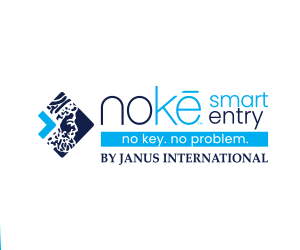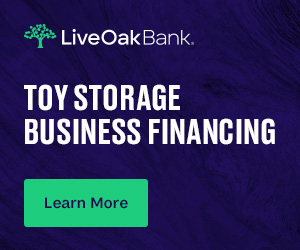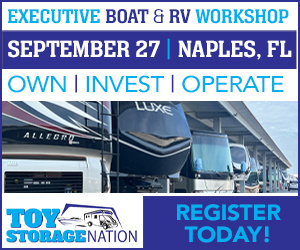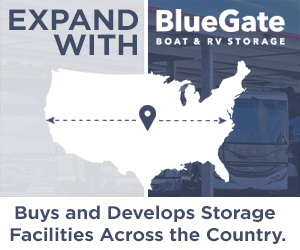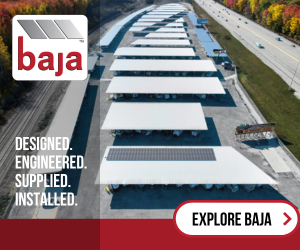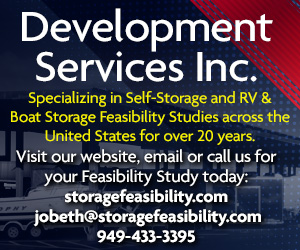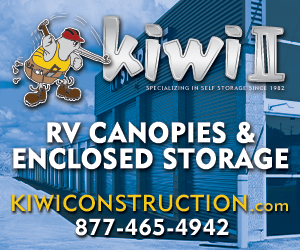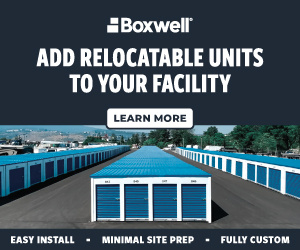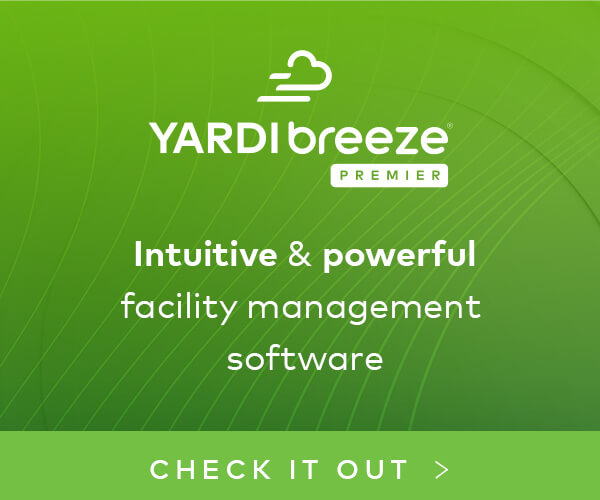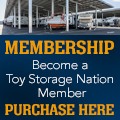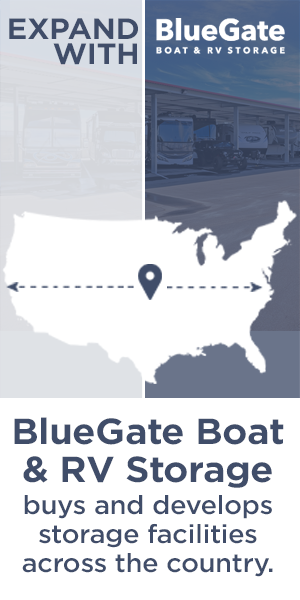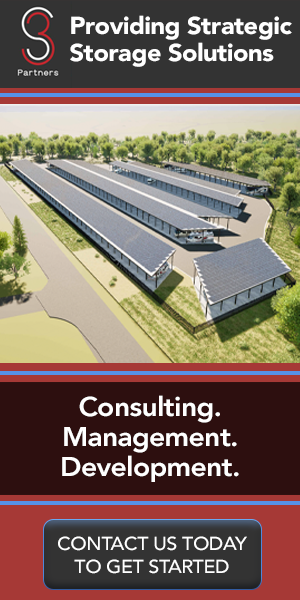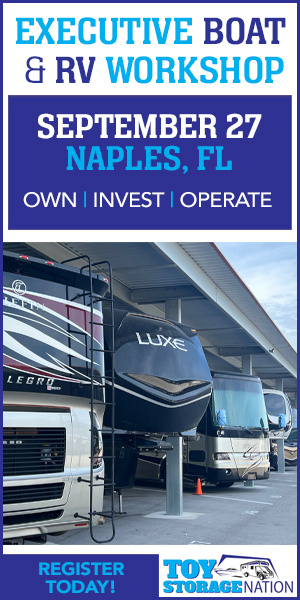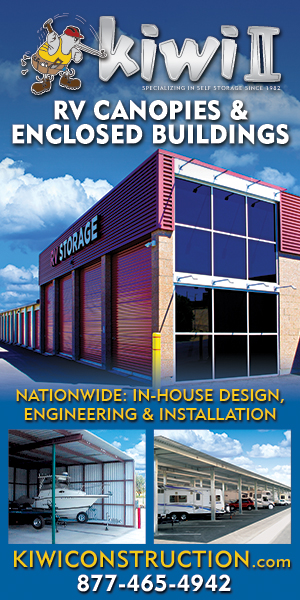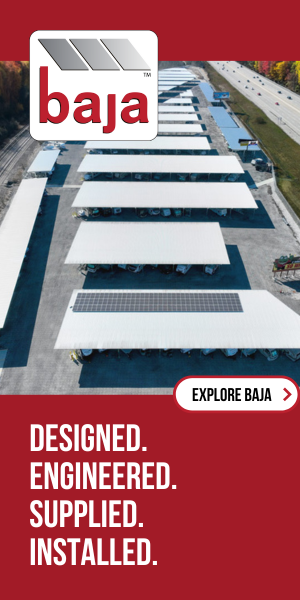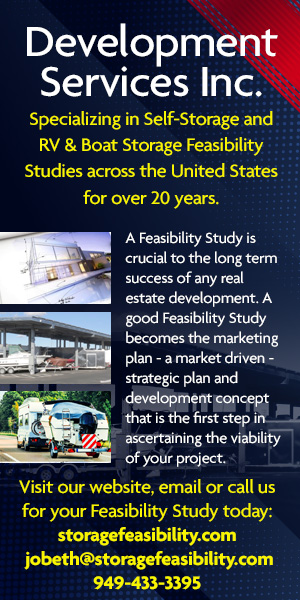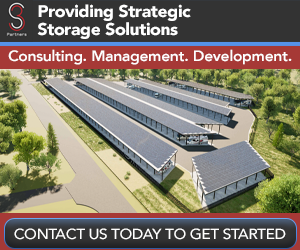By Neal Gussis
We all know how boat and RV owners pamper their recreational investments with loving care.And when they park their vehicle for a long time period or pull their boat out of the water, they want peace of mind that their “ babies” are safe and secure.
Providing customers with a first-rate RV and boat storage experience offers property owners an opportunity to capitalize on today’s strong lending markets, with low interest rates and many financing programs targeted at this type of real estate asset.
Traditionally, RV and boat storage properties were harder to finance because lenders didn’t understand them as well as retail, industrial, office and multifamily real estate assets.As the broader self-storage market gained greater favor with lenders by proving its economic resilience and profitability, RV and boat storage facility lending has followed suit.
Even with today’s tighter regulatory and credit policy environments, loan originators and banking officers are eager to finance RV and boat storage properties, especially ones with strong and consistent operating income. The search for RV and boat storage financing begins by finding lenders who are familiar with, and likely already lend on,traditional self-storage properties.Just like your customers who plan their RV trips and boat outings, you need to map out a plan to successfully secure financing for your storage facility.
Local and Regional Banks
Banks provide most construction and permanent financing for RV and boat storage properties.Banks are either portfolio lenders — meaning they retain the loan as an asset on their balance sheet —or they may limit their exposure by providing Small Business Administration (SBA) financing. In limited cases, RV and boat storage property owners will utilize commercial mortgage-backed security (CMBS) financing to obtain longer-term non-recourse financing.
Today’s interest rates continue to remain at historically low levels.Many banks offer fixed rate loans for up to five years at rates ranging from 3.75% to 5%. Some lenders will lock into longer fixed rate terms through a swap instrument often facilitated by the bank.Variable rate loans, typically based on the LIBOR or Prime Rate indices, are also available. Unlike fixed loans, variable options usually do not have a prepayment penalty. Expect loan amortization to be between 15 and 25 years, with the required Loan to Value (LTV) ratio in the 65% to 75% range.Banks require full recourse, except in low-leverage deals where it may be reduced or eliminated.
Bank terms can vary widely based on your property’s attributes. If you feature a variety of RV and boat storage options, provide wash bays and dump stations, offer electricity and water to customers, and have state-of-the-art security, then loan parameters may be similar to those offered on conventional self-storage properties.Like any commercial
property type, if the quality of improvements, amenities and location are inferior, lenders will consider those factors with the financing’s leverage, amortization and interest rate.
SBA Programs
Many local banks offer permanent and construction loans through the SBA’s 7a and 504 programs. Among their most attractive features, SBA loans offer the ability to increase leverage up to 85% to 90% LTV.
SBA7a
7a loans generally feature a variable interest rate, with a 25-year amortization and declining three-year prepayment penalty and are fully recourse.These loans are now commonly priced at the prime rate plus 1.75% to 2.25%.You can secure a 7a loan for up to 90% leverage, but they do not permit for cash-out on a refinance.
These loans are very attractive if you have multiple uses for the loan proceeds, such as for real estate, equipment and working capital.They are a good option for highly leveraged acquisitions or for a refinance to pay off existing debt with remaining proceeds for facility expansion, new equipment purchases, or capital improvements and repairs.
Banks generally offer a fixed rate option for the entirety of the financing term.The loans must be supported by a minimum 1.25 debt service coverage. If the coverage is not adequate, the lender may take a pledge of equity in other assets, such as other commercial real estate or your primary residence.
SBA504
SBA504 financing offers the ability to fix at least a portion of the loan for 20 years, with an associated 10-year prepayment penalty.This program is designed for borrowers with long hold times and who want to lock in the loan amount and rate.
Among its features, 504 loans allow for new construction financing up to90% LTV, however it is limited to established borrowers who are building additional locations.
In the 504’s two-party loan structure, a bank partners with a certified development company (CDC), which is a specialized SBA-certified nonprofit corporation, to lend to expansion-minded small businesses.Typically, the lender’s loan is secured by a first lien covering 50%of the project cost.The CDC’s portion is secured by a second lien for up to 40%of the cost.The CDC loan is also backed by a 100 percent SBA-guaranteed debenture.
CMBS Lenders
Facility owners seeking long-term, fixed rate financing may prefer a CMBS loan if they do not expect to pay off the loan early.Often referred to as“ conduit lending,” CMBS financing is among the only non-recourse loan options available to RV and boat storage owners.
CMBS loans fix the interest rate for 10 years and provide 30-year amortization, with most lenders having a $2 million to$3 million minimum loan size.The prepayment penalty is yield maintenance or defeasance, which can both result in large early payoff penalties.
While CMBS lenders will underwrite to an 8.25 to 8.50 debt yield (a property’s net operating income divided by the loan amount), they will underwrite RV and boat storage to a 10-plus debt yield and a maximum 70% LTV. In 2016, CMBS spreads have fluctuated at rates between 4.5% and 5.25%.
Approaching the Lender
You can make a lender’s financing decision much easier by knowing how they will evaluate your RV and boat storage property loan request.
The best place to start is with your current lender since they have the most information on you and the property.
However, there are many more lenders now seeking to establish new customer relationships, so you may consider expanding your horizons. Further, some owners use mortgage brokers to prepare and market their loan requests, which allows them to maximize marketing effectiveness, minimize their efforts in finding potential lending sources, and improve their ability to obtain competitive loan quotes.
When approaching a lender, be ready to answer their questions relating to these four main areas:
- Property Details and Location Attributes
- Ownership and Management Qualifications
- Historical Operating Results
- Competitive Landscape
Property Details and Location Attributes
Every RV and boat storage property has distinct attributes and unique improvements.You must highlight your property’s storage options and the type of renter you wish to attract as your customer. Lenders will examine your property’s build-out and improvements. Amenities are also important to highlight, such as electric, water, dumping stations and wash bays.Some storage facilities also offer maintenance and repair services which add to customer loyalty and support a more consistent revenue stream.
If you are the area’s superior facility, let the lender know it.Provide sufficient physical characteristic information so lenders can visualize the asset and its competitive marketplace position.Include photos with your loan request (Hint: Take photos on a sunny day).
Since a storage facility’s location is its key demand driver, be sure to emphasize why yours is well suited for your customer base. Most successful RV and boat storage properties are located along easily accessed highways and close to recreational activity areas.
Describe the property’s immediate surrounding area, as well as local and regional geographic characteristics.You may also want to address land use issues and the ability for new competition to arise nearby. Describe potential barriers of entry for new competitors that may be due to zoning restrictions or local government processes.
Ownership and Management Qualifications
Lenders place significant credit decision emphasis on the ownership team’s strength.Prove that you and your business partners are worthy of being in a credit and banking relationship.
The two key elements here are: 1) Your financial wherewithal and creditworthiness, and 2) Your experience and track record.Even if you are seeking a non-recourse loan (which solely uses the property as loan collateral), expect your financial strength to be fully underwritten and scrutinized. Be prepared to provide personal financial statements, two years tax returns, and a schedule of real estate owned.
Stress your successful track record in managing the facility and other commercial real estate investments, as well as your ability to achieve positive operating results.Share what you have done recently to improve property operations.Demonstrate that you are on top of managing the property and are fiscally responsible.
Historic Operating Results
Since your lender will require historical operating information, you must prove the property will have the operational cash flow to sustain the loan.At a minimum, expect the lender to ask for:
- Year-End Financial Results for the Prior Two Years
- Trailing 12-Month Income and Expenses (presented monthly)
- Pro-Forma or Budgeted Income and Expense for the Next 12 Months
- Occupancy Information for the Past 36 Months
Be sure to remove non-cash items such as depreciation, and either remove or explain non-recurring or non-business related expenses.
Ultimately, each lender will establish a sustainable net operating income amount to determine the loan proceeds. If you are acquiring a property, the pro-forma is essential because: 1) The expense structure will vary given your management approaches/team, and 2) The anticipated income may be different given the owner’s proposed business plan.
Competitive Landscape
Demonstrate that you are well positioned among your peers.Lenders want to know what your competitors charge for unit sizes and features similar to those at your property.Be sure to clearly delineate your property’s storage options and features compared to local competitors, such open/covered/enclosed parking, security systems, and ancillary amenities and services.
Arriving at Your Financing Destination
With more than 18 million U.S. households owning an RV or boat, the demand for storing them is here to stay. It’s up to you to capture their business. With low interest rates and an active lending market, now is a perfect time to examine your property’s position and determine if you can map out a plan for even better financing that will support your long-term investment journey.
Neal Gussis is a Principal at CCM Commercial Mortgage, a leading mortgage brokerage firm securing commercial real estate financing nationwide. He can be reached at ngussis@ccmcommercialmortgage.com or 847-922-3750.
Stake Your Claim in Toy Storage
Learn more about all aspects of developing and operating a successful RV and boat storage facility at the upcoming Toy Storage Nation Executive Workshop, June 16, at the foot of the Rocky Mountains in Denver/Boulder, Colo., where Adam Karnes of the BSC Group divulges the secrets about securing financing for your project, selecting an experienced RV and boat storage lender, and differentiating between loan options.
In addition, Mike Schwartz of RecNation RV & Boat Storage will lead a discussion on investing strategies for toy storage operators.
Limited seats are available for this one-day accelerated, intensive workshop, led by the industry’s most experienced professionals. Learn more and REGISTER NOW










